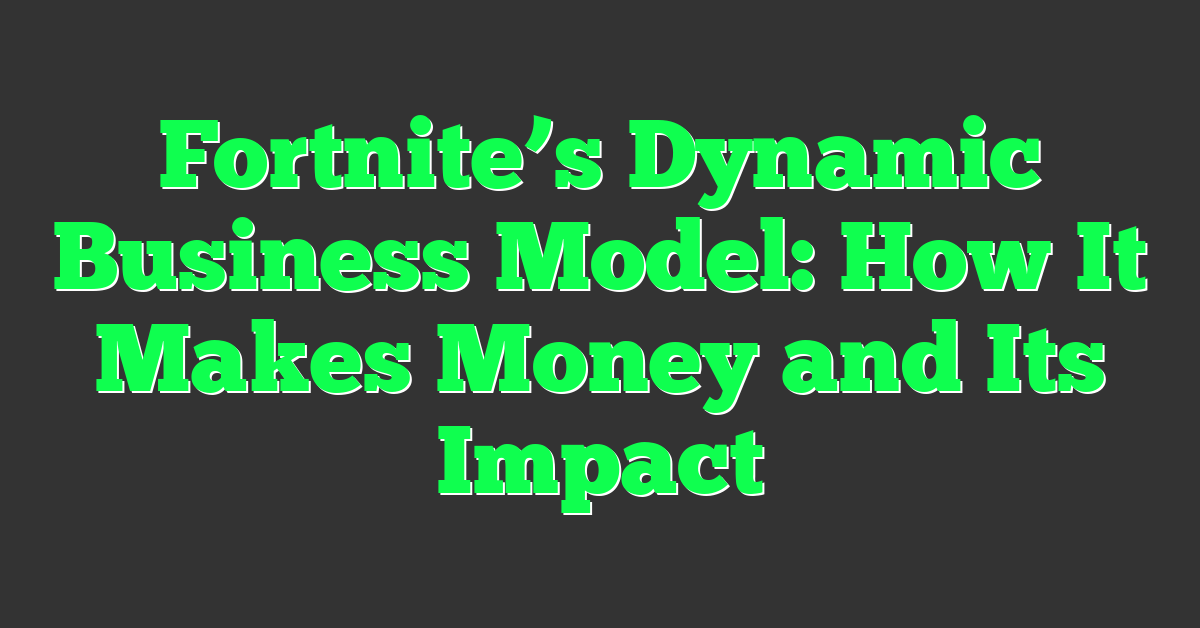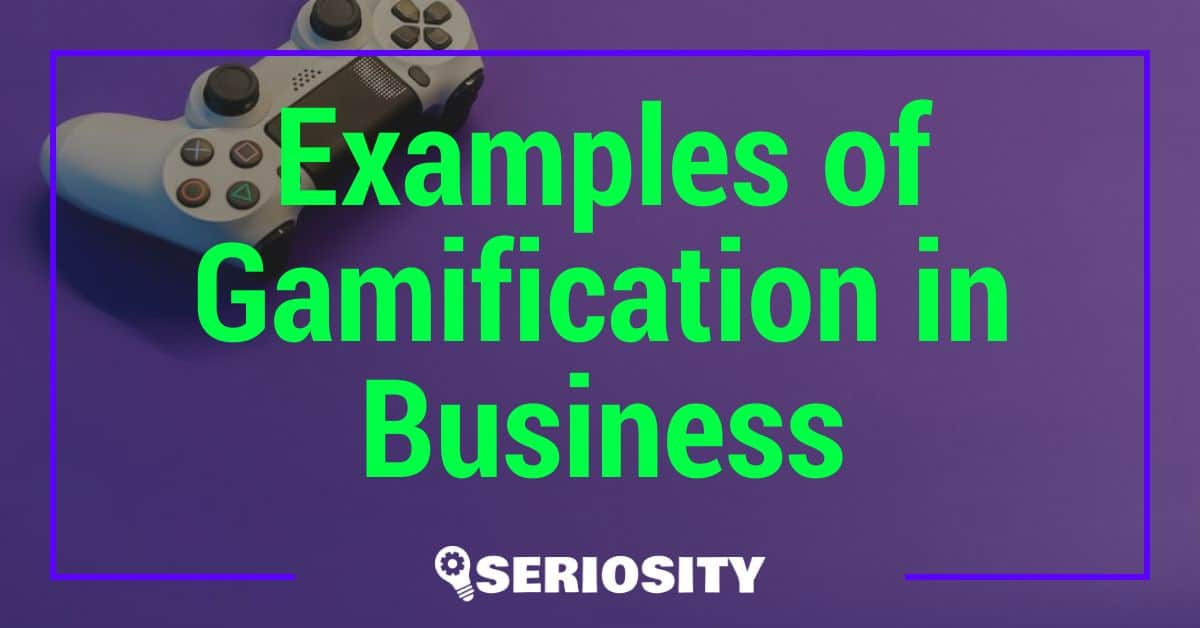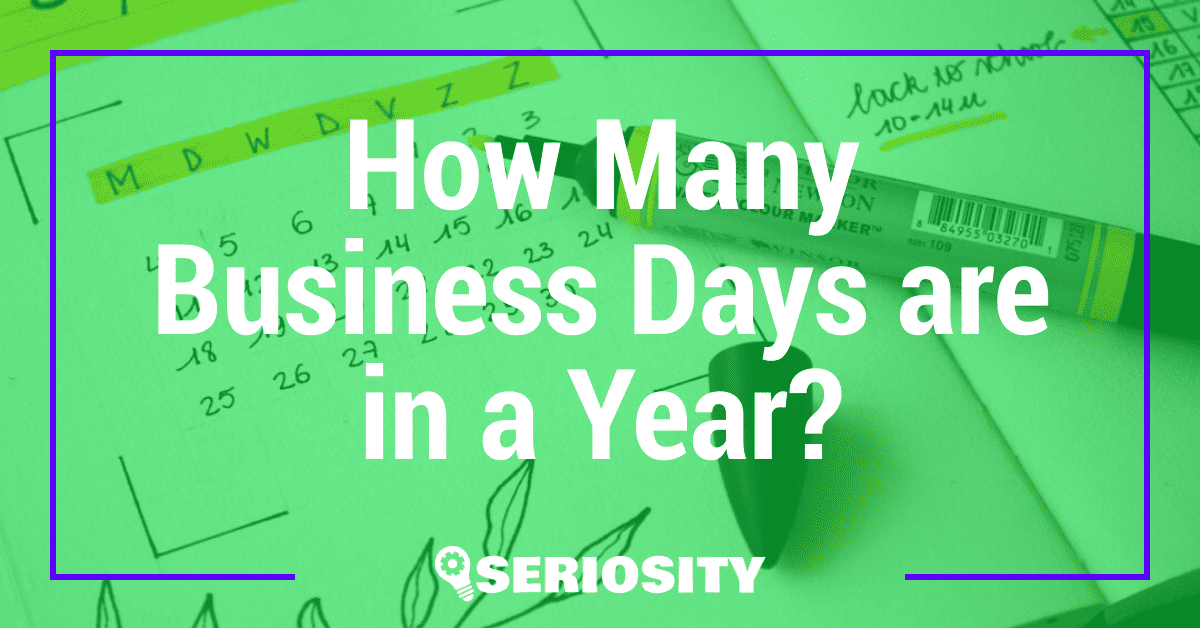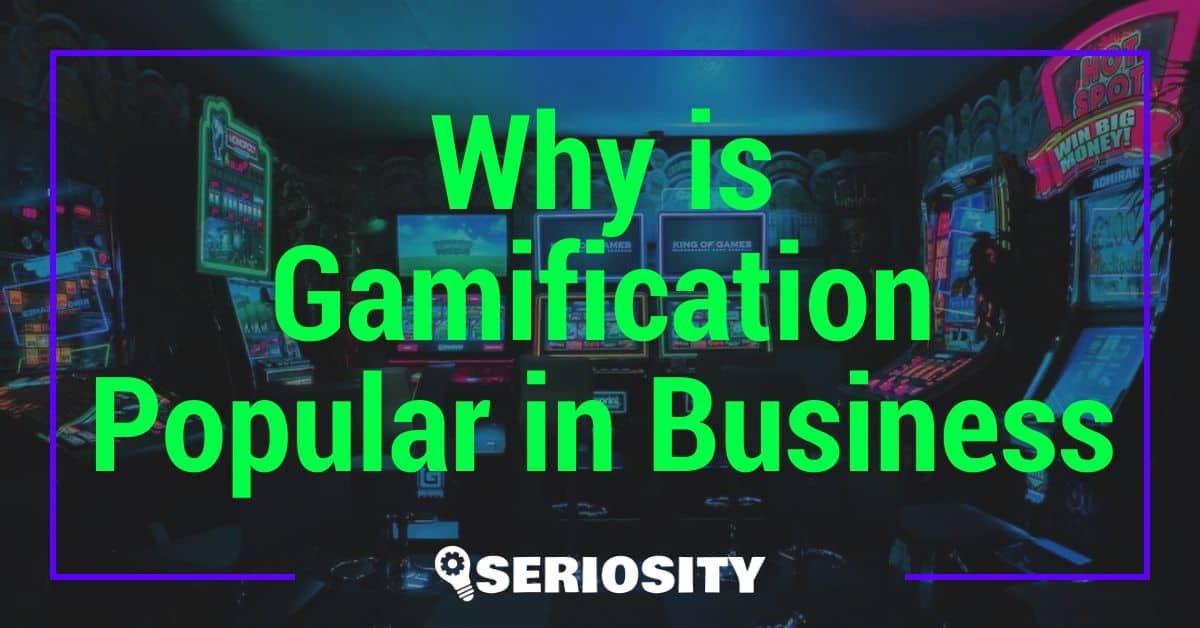Jumping into the world of Fortnite, you might think it’s just another battle royale game, but there’s a lot more going on behind the scenes. Epic Games has crafted a dynamic business model that not only keeps players hooked but also generates staggering revenue. From in-game purchases to exclusive events, Fortnite’s strategies are as innovative as the game itself.

Curious about how Fortnite makes its money and just how much it rakes in? You’re in the right place. We’ll dive into the various revenue streams that fuel this gaming phenomenon and explore the financial impact of its clever monetization tactics. Get ready to uncover the secrets behind Fortnite’s financial success.
Key Takeaways
- Innovative Monetization Tactics: Fortnite uses a free-to-play model with in-game purchases and Battle Passes, effectively turning a free game into a revenue-generating powerhouse.
- Constant Engagement: Regular seasonal updates and collaborations with popular franchises like Marvel and Star Wars keep players continuously engaged and willing to spend.
- Diverse Revenue Streams: Beyond in-game purchases, Fortnite leverages sponsorships, partnerships, and virtual events to boost profitability.
- Impressive Financial Performance: Fortnite has generated billions in revenue, setting benchmarks in the gaming industry for both free-to-play and traditional paid games.
- Industry Impact: Fortnite’s business model has reshaped monetization strategies in the gaming industry, influencing other popular games to adopt similar tactics.
- Ethical Considerations: Despite its success, Fortnite faces challenges related to balancing monetization with gameplay fairness and addressing concerns about addiction and in-game purchases.
Overview of Fortnite’s Dynamic Business Model
Fortnite exemplifies how a game can generate massive revenue using a diverse and dynamic business model. With its free-to-play nature, Fortnite keeps players engaged and spending.
Free-to-Play Model and Monetization
Fortnite’s free-to-play model creates a low barrier to entry, attracting millions of players. The real genius, though, lies in its monetization tactics. Players purchase V-Bucks, Fortnite’s in-game currency, which they use to buy cosmetic items like skins and emotes. These items don’t affect gameplay, ensuring a level playing field, but are highly desirable for their uniqueness and style.
Seasonal “Battle Passes” offer another revenue stream. For roughly $10 per season, players unlock exclusive content and challenges that keep them engaged. This model turns a free game into a lucrative business as players regularly spend small amounts.
Seasonal Updates and Revenue Streams
Seasonal updates ensure the game stays fresh and exciting. Fortnite introduces new themes, challenges, and items every few months. Each update generates a buzz, pulling players back and enticing them to make new purchases.
Collaborations with popular franchises like Marvel and Star Wars also boost revenue. Limited-time events feature exclusive items and skins, creating a sense of urgency that drives in-game spending. Players feel compelled to buy these exclusive items before they’re gone, increasing Fortnite’s earnings.
In essence, Fortnite’s business model integrates constant updates, an attractive free-to-play structure, and timely exclusives, ensuring consistent engagement and profitability.
How Fortnite Makes Money
As an entrepreneur, examining Fortnite’s revenue strategies is fascinating. The game’s multifaceted approach turns a free-to-play model into a financial powerhouse.
In-Game Purchases
Fortnite leverages in-game purchases through its virtual currency, V-Bucks. Players buy V-Bucks to acquire cosmetic items, such as skins or emotes. These purchases don’t impact game performance, maintaining a level playing field while encouraging user spending. For example, limited-time skins and seasonal themes create a sense of urgency, driving purchases.
Battle Pass System
The Battle Pass system offers a unique monetization tactic. For a nominal fee, players buy a Battle Pass at the start of each season. This pass provides access to exclusive challenges and rewards, enhancing gameplay engagement. With each new season, fresh themes and rewards entice users to invest repeatedly, ensuring ongoing revenue.
Sponsorships and Partnerships
Sponsorships and partnerships add another revenue stream. Fortnite collaborates with well-known franchises like Marvel and Star Wars, integrating themed content. These partnerships attract fans of these franchises, widening Fortnite’s appeal and increasing in-game spending. Additionally, events like virtual concerts generate sponsorship deals, boosting profitability.
Analyzing Fortnite’s strategies reveals a dynamic and effective business model. Understanding these tactics can inspire your ventures, illustrating how diverse revenue streams and strategic collaborations drive success.
Financial Success of Fortnite
Fortnite’s financial triumph is a remarkable case study for any entrepreneur. Its dynamic business model has set a high benchmark in the gaming industry.
Earnings Analysis
Epic Games has impressively leveraged Fortnite to generate billions in revenue. Reports show that in 2019 alone, Fortnite made $1.8 billion, which made it the highest-grossing free-to-play game for the second consecutive year. These earnings primarily stem from microtransactions, with players purchasing V-Bucks to buy skins, emotes, and other in-game cosmetics. Seasonal Battle Passes, costing around $10 each, provide additional revenue by offering exclusive items and challenges. Notably, Fortnite’s virtual events, like concerts featuring popular artists, also significantly contribute to its income stream.
Comparison with Other Video Games
Comparing Fortnite to other video games reveals its unique financial prowess. For instance, it out-earned popular multiplayer games like League of Legends, which made around $1.5 billion in the same year. Fortnite’s revenue also outshined traditional paid games; for example, Call of Duty: Modern Warfare generated about $1 billion in revenue within its first two months of release in 2019. Unlike these games, Fortnite’s free-to-play model provides accessibility, while its diverse monetization strategies ensure robust profitability. This combination showcases Fortnite’s innovative approach to maximizing revenue without compromising player experience.
Impact of Fortnite’s Business Model on the Gaming Industry
Fortnite’s business model has reshaped the gaming landscape. As an entrepreneur, you can draw valuable lessons from its success and challenges.
Innovations and Trends Set by Fortnite
Fortnite introduced the free-to-play model augmented with in-game purchases, which revolutionized revenue strategies in gaming. Traditional games relied heavily on upfront payments; Fortnite flipped this concept by making the game accessible to everyone and monetizing cosmetics. These in-game purchases didn’t impact gameplay, appealing to a broader audience.
Second, Fortnite’s Battle Pass system set a trend by offering seasonal content in exchange for a one-time fee. This system encourages players to stay engaged, completing exclusive challenges for rewards. Consequently, other games, like Apex Legends and Call of Duty: Warzone, adopted similar models to retain their player base.
Third, Fortnite’s collaborations with popular franchises, like Marvel, and virtual events, such as concerts, have created new revenue streams. These partnerships benefit both sides—Fortnite attracts fans of these franchises while giving them increased exposure.
Challenges and Critiques
Despite its success, Fortnite’s business model faces challenges. First, balancing monetization without compromising gameplay fairness remains crucial. Some critiques suggest that even cosmetic purchases can create a socioeconomic divide among players.
Second, the gaming community has raised concerns about addiction and the psychological effects of in-game purchases. As an entrepreneur, maintaining ethical standards while driving revenue is imperative.
Lastly, market saturation with similar free-to-play games means Fortnite must continuously innovate to stay ahead. The rise of competitors indicates how quickly the market can shift.
Fortnite’s dynamic business model offers key insights for your ventures. Balancing innovation with ethical considerations can lead to sustained success and industry impact.
Conclusion
Fortnite’s dynamic business model has not only revolutionized the gaming industry but also provided a blueprint for future success. By balancing innovation with ethical considerations, Fortnite has managed to stay relevant and profitable. Whether you’re an entrepreneur or a gamer, there’s a lot to learn from Fortnite’s approach to monetization and community engagement. So get inspired and see how you can apply these lessons to your own ventures!
Frequently Asked Questions
What is Fortnite’s revenue model?
Fortnite uses a free-to-play model with in-game purchases and a Battle Pass system. Players can spend real money on cosmetic items and seasonal Battle Passes, which offer exclusive rewards. These strategies have significantly contributed to Epic Games’ revenue.
How has Fortnite’s business model impacted the gaming industry?
Fortnite’s success with its free-to-play and Battle Pass model has set new trends in the gaming industry. Many other games have adopted similar strategies to enhance player engagement and generate revenue.
What are some successful collaborations and events in Fortnite?
Fortnite has had collaborations with popular franchises like Marvel, Star Wars, and major musical artists. These events have attracted millions of players and generated substantial revenue through exclusive in-game content.
What challenges does Fortnite face regarding its monetization practices?
Fortnite faces challenges in maintaining fairness in its monetization practices and addressing ethical concerns about in-game purchases. Critics argue that these practices can sometimes target younger audiences and lead to excessive spending.
How can Fortnite’s business model benefit entrepreneurs?
Fortnite’s business model offers valuable lessons for entrepreneurs, such as the importance of innovation in revenue generation and balancing it with ethical considerations. Adopting a flexible and dynamic strategy can lead to sustained success.
Are in-game purchases in Fortnite essential for gameplay?
No, in-game purchases in Fortnite are purely cosmetic and do not affect the core gameplay. This ensures that all players have a fair experience regardless of spending money on the game.













